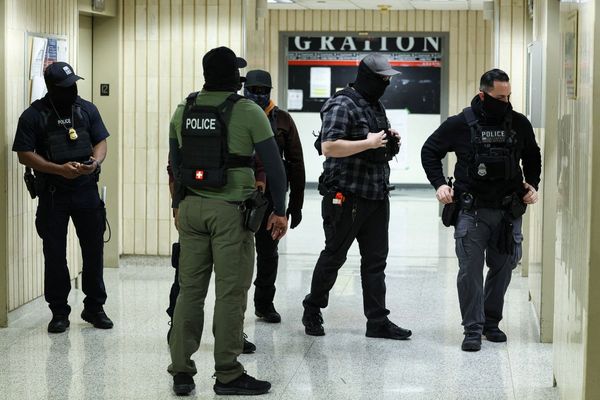
Cyclone Gabrielle was the second major weather event to slam New Zealand in a month, and the heavy rain, winds and storm surge are likely to make the storm the most impactful tropical system since the 1990s.
“New Zealand’s last significant tropical hit was with back-to-back cyclones, Fergus and Drena, in December of 1996 and January of 1997, respectively,” said AccuWeather Lead International Forecaster Jason Nicholls.
The most costly tropical cyclone in New Zealand’s history was Cyclone Bola which hit the country in 1988. More than 12 inches (300 mm (0.98 feet) (0.98 feet s) (0.98 feet)) of rain hit northern New Zealand with that storm, with widespread rainfall amounts of 4-8 inches (100-200 mm (0.66 feet) (0.66 feet s) (0.66 feet)) common across the southern island.
“Gabrielle won’t have the same impacts to the southern island as Bola did, but rainfall across the Northland region of northern New Zealand has been on par with Bola,” Nicholls said.
At its peak Friday evening, local time, Gabrielle was a Category 3 tropical cyclone over the open waters of the Coral Sea. The storm had sustained winds in excess of 74 mph (120 km (393720.00 feet) (393720.00 feet s) (393720.00 feet)/h), equivalent to a Category 1 hurricane in the Atlantic or East Pacific Ocean basins.
Ahead of the storm’s arrival, New Zealand prime minister warned residents to take shelter and not travel. Many schools and local government facilities across northern New Zealand remained closed Monday.
Gabrielle continued to near the coast of northern New Zealand throughout the weekend, losing some wind intensity. Even still, Gabrielle brought consequential impacts to the towns and cities across the northern parts of the country.
As of early Tuesday morning, local time, Gabrielle, now a tropical rainstorm, was just 200 km (656200.00 feet) (656200.00 feet s) (656200.00 feet) (125 miles) northeast of Auckland, slowly shifting southeastward along the island’s northern coast. Heavy rain was continuing across parts of the island.
Torrential rain began over the weekend on the northern third of New Zealand’s North Island. Since Sunday, Auckland, New Zealand’s largest city, has reported about 3 inches (75 mm (0.25 feet) (0.25 feet s) (0.25 feet)) of rain. However, some locations have been hit even harder. The town of Whangarei, well to the northwest of Auckland, reported 13.98 inches (355 mm (1.16 feet) (1.16 feet s) (1.16 feet)) of rain since Saturday.

The cyclone also brought damaging winds across the Northland region. Tutukaka Harbor gusted to 86 mph (140 km (459340.00 feet) (459340.00 feet s) (459340.00 feet)/h) Sunday, while winds were strong enough to force the Auckland Harbor Bridge to close.
As of Tuesday morning, more than 45,000 homes were without power. The country’s largest airport in Auckland also confirmed hundreds of canceled flights on Twitter. Public transport was also disrupted, with ferries, buses and trains either suspended or operating on a reduced schedule.
Significant flight cancellations at Auckland Airport today.
•85/104 international flights cancelled
•301/301 domestic flights cancelled
Please check with your airline for updates on your flight.
Stay safe Auckland.— Auckland Airport (@AKL_Airport) February 13, 2023
Dozens of evacuations were issued by officials across the city due to rising water levels and anticipated storm surges. New Zealand’s National Institute of Water and Atmospheric Research (NIWA) announced a “record” storm surge of 0.7 of a meter from Gabrielle, in addition to 40-foot (12-meter) waves off the northern coast.
Landslides will be a particular concern due to the combination of recent rainstorms and the new rainfall from Gabrielle.

Gabrielle is the second extreme weather event to hit New Zealand in recent weeks.
In late January, torrential rain hit the country and broke rainfall total records. As with Gabrielle, Auckland bore the brunt of the flooding in what Prime Minister Chris Hipkins called an “unprecedented event”. The days of heavy rainfall prompted a state of emergency and killed at least four people.
Produced in association with AccuWeather.







